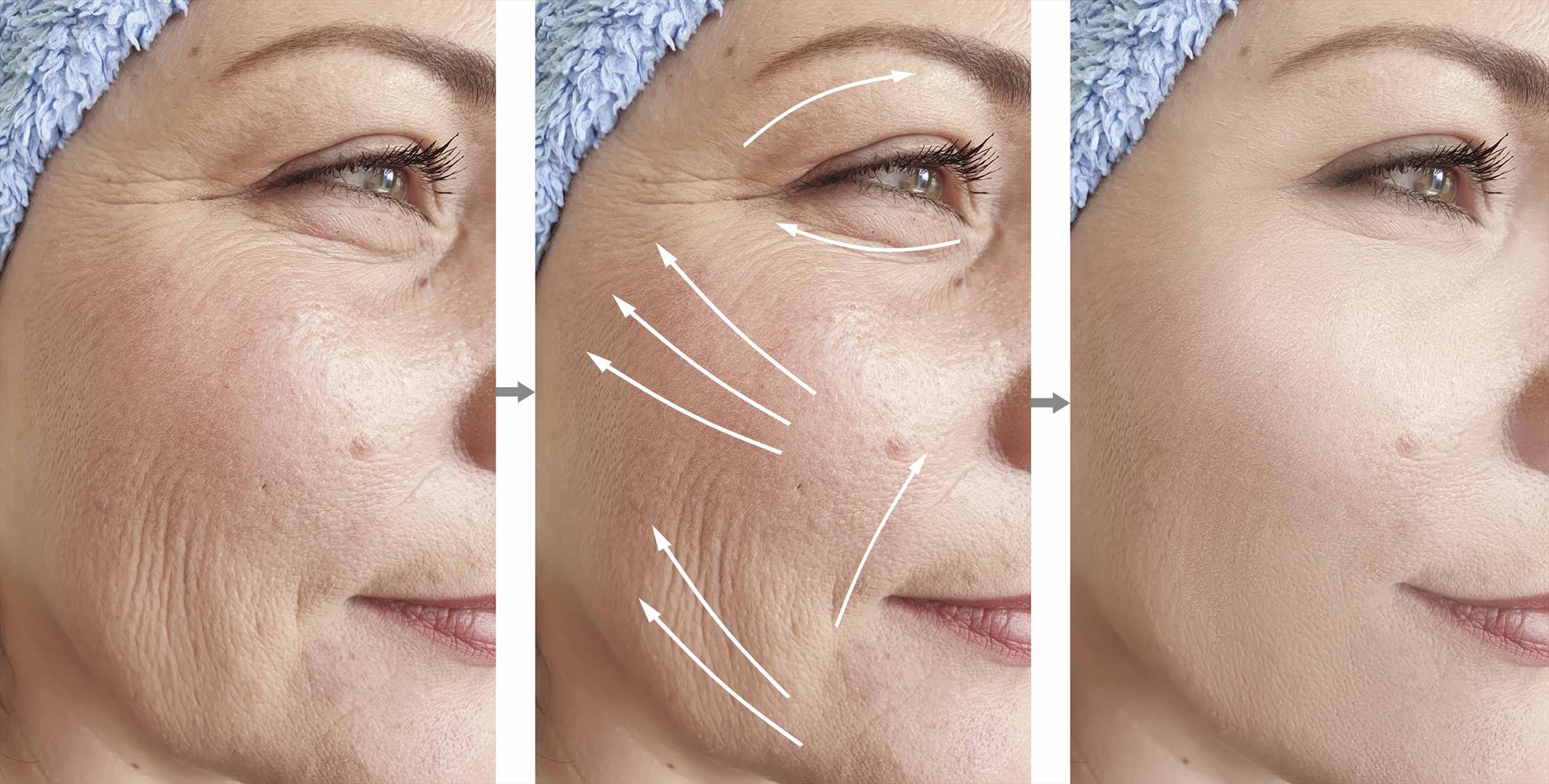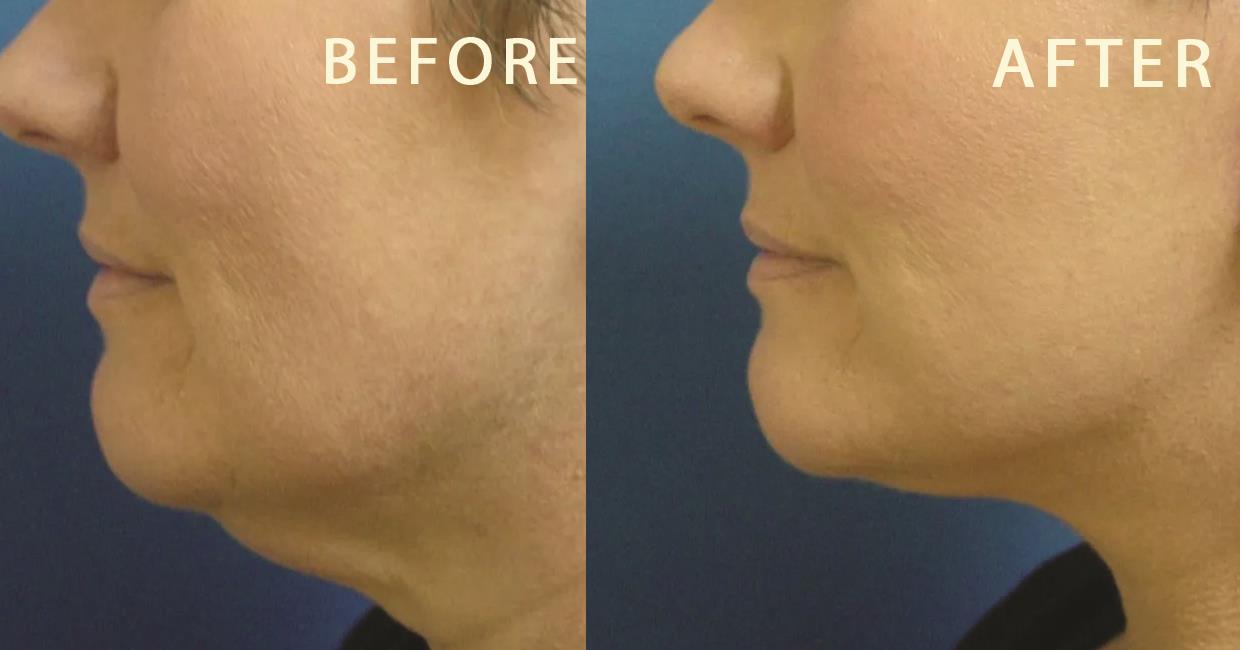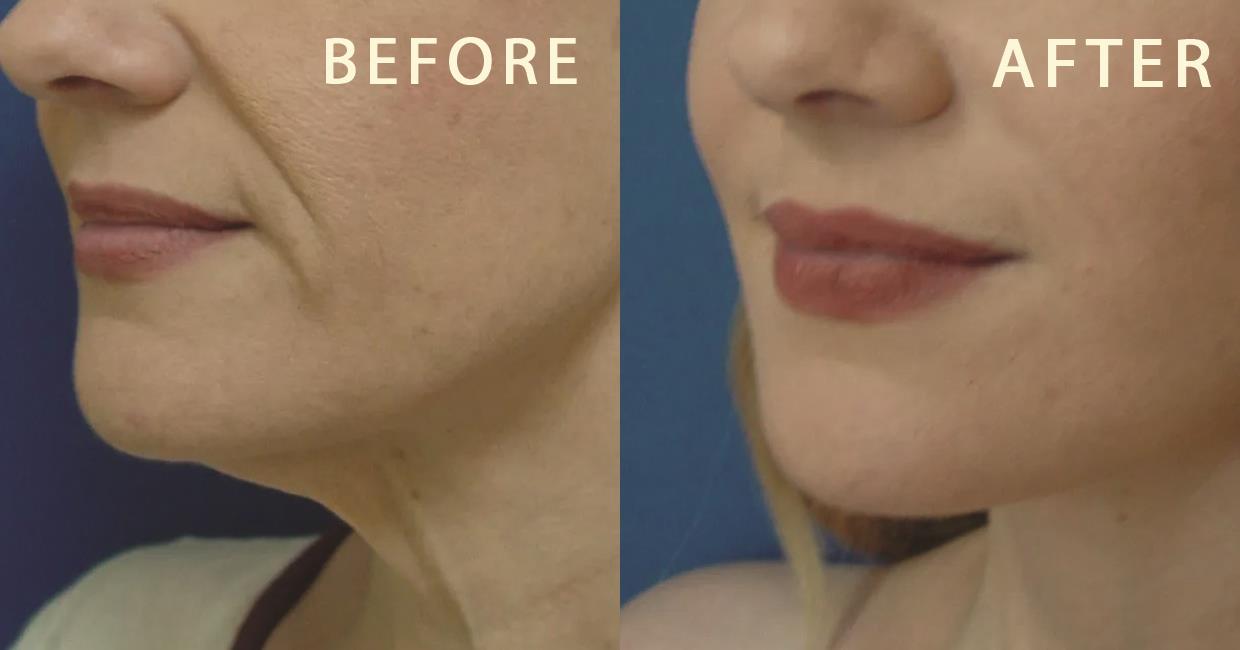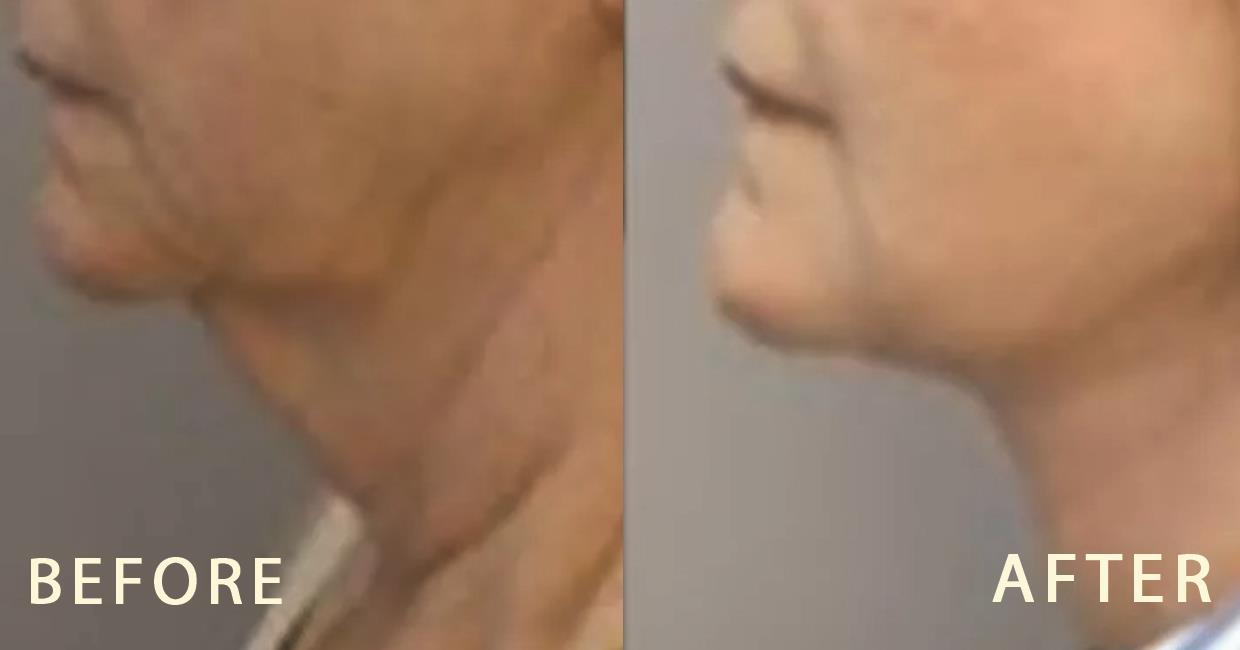A facelift, or rhytidectomy, is a surgical procedure that improves visible signs of aging in the face and neck, such as:
Relaxation of the skin of the face causing sagging
Deepening of the fold lines between the nose and corner of the mouth
Fat that has fallen or has disappeared
Jowls developing in the cheeks and jaw
Loose skin and excess fat of the neck that can appear as a double chin or "turkey neck"
The loss of youthful contours in the face can be due to variety of factors, including thinning of the skin, loss of facial fat, gravity, sun damage, smoking, as well as heredity and stress.
Other procedures that might be performed in conjunction with a facelift are brow lift and eyelid surgery to rejuvenate aging eyes. Fat transfer or fillers may be suggested to replace the lost fatty volume. Skin treatments such as IPL, dermabrasion, peels or laser may be offered to improve the quality and texture of the skin.

Who is a good candidate for a facelift?
Facelift surgery is a highly individualized procedure. You should do it for yourself, not to fulfill someone else's desires or to try to fit any sort of ideal image.
Who is a good candidate for facelift surgery?
In general, good candidates for a facelift include:
- Healthy individuals who do not have medical conditions that impair healing
- Nonsmokers
- Individuals with a positive outlook and realistic expectations
Depending on the degree of change you'd like to see, your facelift choices include a traditional facelift, limited incision facelift or a neck lift.
A traditional facelift incision often begins in the hairline at the temples, continues around the ear and ends in the lower scalp. Fat may be sculpted or redistributed from the face, jowls and neck and underlying tissue is repositioned, commonly the deeper layers of the face and the muscles are also lifted. Skin is redraped over the uplifted contours and excess skin is trimmed away.
A second incision under the chin may be necessary to further improve an aging neck. Sutures or skin adhesives close the incisions.
An alternative to a traditional facelift uses shorter incisions at the temples, continuing around the ear. "Mini-lifts" are usually reserved for patients with less skin relaxation, as the results are less rejuvenating than a full facelift.
A necklift addresses the sagging jowls, loose neck skin and fat accumulation under the chin. The neck lift incision often begins in front of the ear lobe and wraps around behind the ear, and ends in the posterior hair behind the ear.
The incisions will be closed with sutures that may dissolve or may need to be removed after a few days. Some surgeons use skin glues to seal the incisions. Once healed, the incision lines from a facelift are well concealed within the hairline and in the natural contours of the face and ear.
The visible improvements of a facelift appear once swelling and bruising subside. Your final result should not only restore a more youthful and rested appearance, but also help you feel more confident about yourself.



FAQ
What facelift surgery can't do
As a restorative surgery, a facelift does not change your fundamental appearance and cannot stop the aging process.
A facelift can only be performed surgically; minimally invasive rejuvenation treatments cannot achieve the same results, but may help delay the time at which a facelift becomes appropriate and complement the results of surgery.
Some minimally invasive treatments, such as stem cell facelifts, are of unproven benefit.
What should I expect during a consultation for a facelift?
During your facelift consultation be prepared to discuss:
Your surgical goals
Medical conditions, drug allergies and medical treatments
Current medications, vitamins, herbal supplements, alcohol, tobacco and drug use
Previous surgeries
Your surgeon will also:
- Evaluate your general health status and any pre-existing health conditions or risk factors
- Discuss your facelift options
- Examine and measure your face
- Take photographs
- Recommend a course of treatment
- Discuss likely outcomes of a facelift and any risks or potential complications
- Discuss the type of anesthesia that will be used
The consultation is the time to ask your plastic surgeon questions. To help, we have prepared a checklist of questions to ask your facelift surgeon that you can take with you to your consultation.
It's important to understand all aspects of your facelift surgery. It's natural to be nervous about it, whether it's excitement for your anticipated new look or a bit of preoperative stress. Don't be shy about discussing these feelings with your plastic surgeon.
What results should I expect after a facelift?
While most people are presentable to the public within 10-14 days, it will take 2-3 months for the face to feel "back to normal" in terms of texture, sensibility and loss of tightness.
Continuing daily sun protection and a healthy lifestyle will help extend the results of your facelift.
As swelling and bruising subside, the visible improvements of a facelift appear. Your final result should not only provide a more youthful and rested appearance, but also help you feel more confident about yourself.
Although good results are expected, there can be no guarantee. In some situations, it may not be possible to achieve optimal results with a single surgical procedure and another surgery may be necessary.
Follow your physician's instructions to ensure the success of your surgery.

| Here is some videos for your aesthetic treatments. You can also visit our aesthetic BLOG page. |
|
|
|